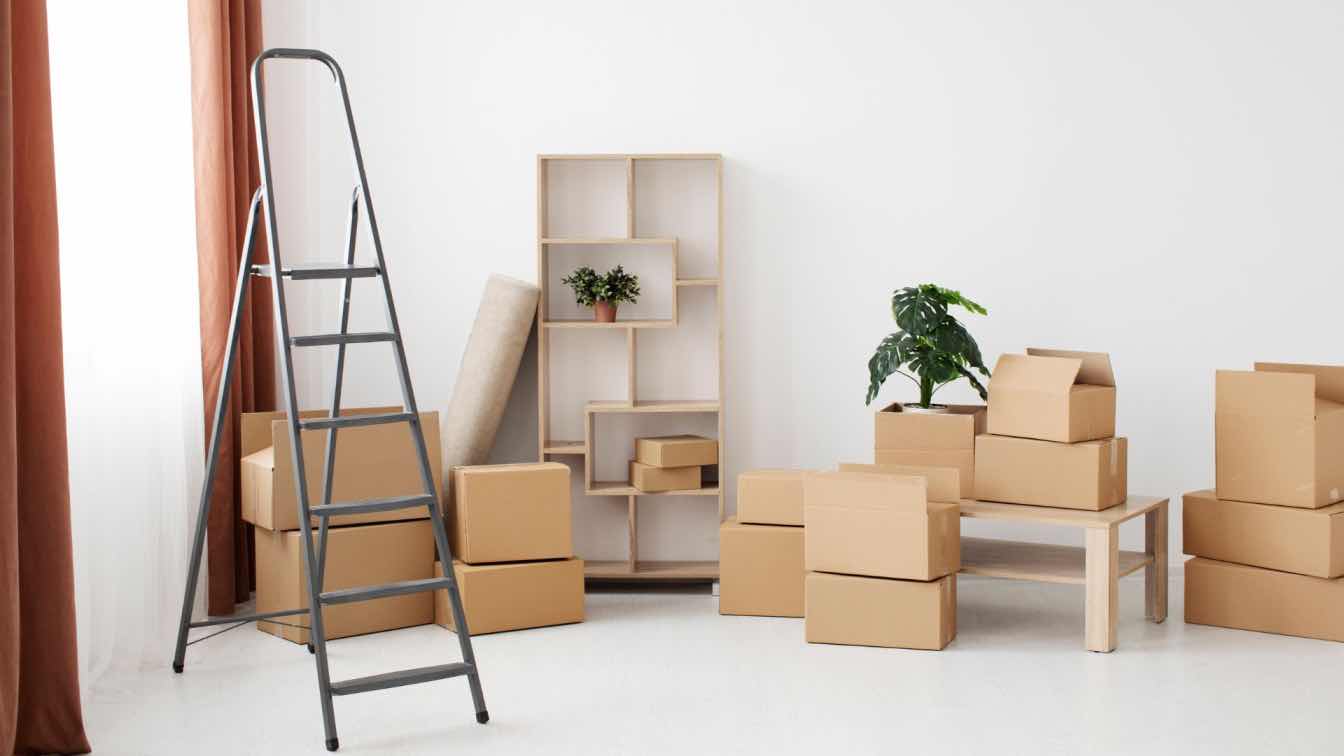Old houses whisper stories through their walls, but sometimes, what they're hiding isn't charm, it's damage. And in bedrooms, that damage often starts with the one thing no one thinks to check: the bed.
How Period Homes Can Still Feel Plush
There's something deeply seductive about a historic home, the creak of wood, the patina of age, the quiet beauty that no modern build can fake. But comfort rarely comes built in. Especially not in the bedroom. One of the most overlooked adjustments?
The mattress itself. Or rather, what sits on top of it. While modern furnishings often clash with the aesthetic of heritage interiors, a carefully chosen topper can quietly bridge the gap. For those seeking options that blend support with subtle design, many choose to shop high-quality mattress toppers at Viscosoft where low-profile styles and neutral tones pair well with period architecture without drawing attention. But it's not just about looks. In homes where original mattresses or bedframes tend to be firmer or less breathable, a topper becomes a protective layer, easing pressure, enhancing airflow, and helping offset the wear caused by age and structure.
Focus on toppers made from breathable materials like bamboo-derived viscose or open-cell foam. They not only look more refined but also respond better to fluctuating humidity levels frequently found in older buildings. That humidity, in fact, is one of the biggest invisible threats.
What Happens When A Wall Starts Breathing Inward?
Older homes often lack modern vapor barriers and insulation, so moisture can seep into walls and bed corners. Over time, this creates damp pockets where mold and mildew thrive—especially around headboards, under mattresses, and through porous surfaces.
Dense foam and natural-fiber bedding are particularly vulnerable. A University of Leeds study found wool bedding retained up to 25 % more moisture in humid conditions (above 60 % RH) than bedding in climate-controlled rooms, creating ideal conditions for allergens and fungi. Given that, using a moisture-wicking mattress topper shifts from luxury to necessity. Breathable covers, washability, and quick‑dry materials make a major difference in bedrooms that double as humidity traps. But moisture isn't the only hidden culprit your bed fights every night.
When The Floor Beneath You Isn't Flat
Mattresses aren't designed for architectural quirks. Sloping floors, uneven bed frames, and poor under-bed ventilation, common in heritage buildings, all create pressure points that accelerate wear. Springs can warp, foam compresses unevenly, and body impressions become exaggerated. What might seem like a sagging mattress could actually be the result of a mismatched base or structural strain below.
A mattress topper can absorb and redistribute this pressure, offering a temporary fix and extending mattress life. But the real value lies in diagnosing the source. If your mattress is aging too quickly, it's worth checking what's beneath it. In older homes, consider elevating the mattress slightly or using a slatted base that allows air to circulate. Toppers with zoned support or reinforced edges are ideal in such environments, they adapt to uneven surfaces while offering consistent pressure relief. Even more subtle factors can compromise your bedroom's long-term comfort.
Why Do Some Rooms Age Faster Than Others?
Not all bedrooms age equally. The placement of a room within the house, north-facing exposure, proximity to exterior walls, or location above a damp crawl space, can determine how fast your furnishings degrade. Historic homes often have beautiful but dysfunctional room layouts, where cross-ventilation is limited and insulation is inconsistent. Add to that closed fireplaces, thick curtains, and heavy drapes, and you've got a space where air stagnates and moisture lingers.
Mattresses and toppers in these rooms absorb that stagnant air. Dust mites, bacteria, and mold spores thrive where airflow is poor and humidity sits still. The solution isn't only ventilation, it's also material awareness. Natural latex or perforated foam toppers fare better than solid memory foam in such conditions. When paired with lightweight, breathable bedding, these choices help your bedroom stay fresher, longer, even if the walls are a century old. So what can you do when authenticity and comfort seem at odds?
The One Layer That Brings Everything Together
Authentic spaces frequently come with trade-offs. One of them is comfort. A mattress topper may seem small, but it's a quiet layer that protects your sleep and extends the life of your bed. Especially when the base isn't built for modern standards. More than just softness, the right topper adjusts the feel of a room shaped by firm mattresses and dense fabrics. It adds breathability without disturbing the look. If everything around you is beautifully preserved but the bed still feels wrong, this might be the missing piece.





